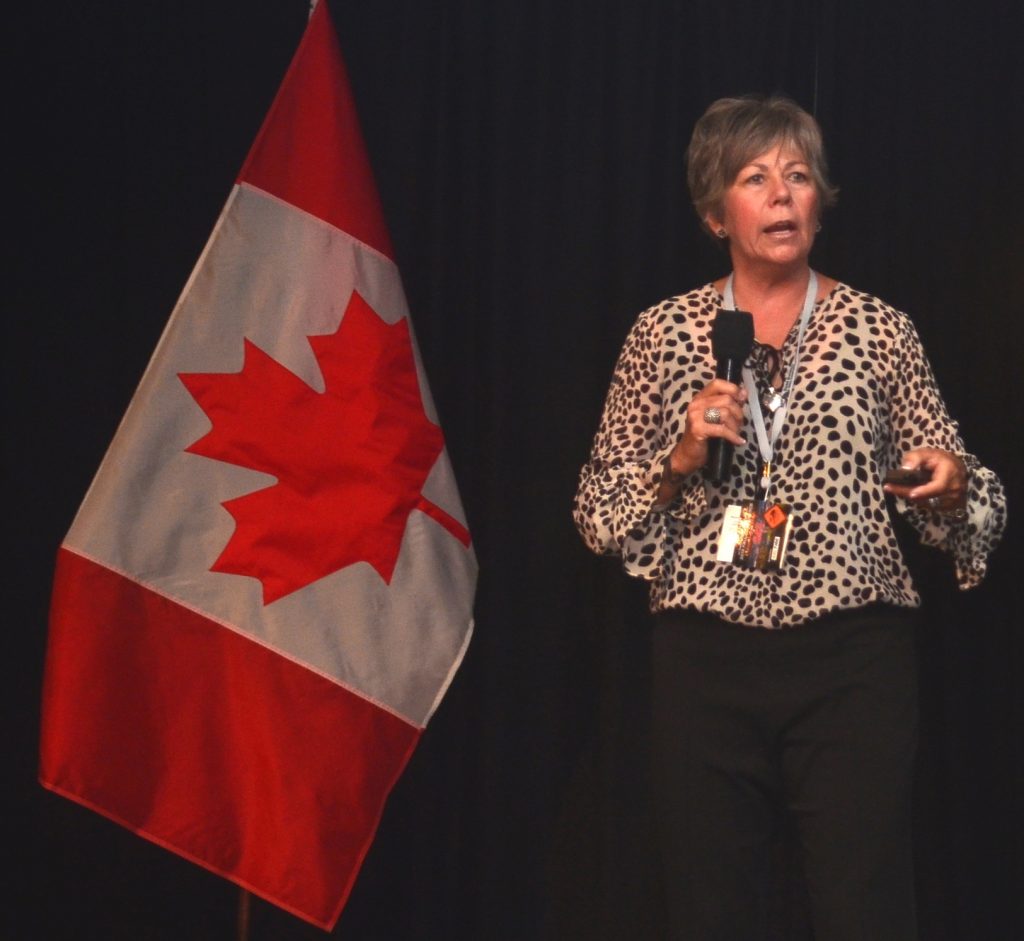
Features
Education
Event Reports
The good, the bad and the ugly of managing workplace injuries
September 18, 2018 By Andrew Snook
 The managing workplace injuries workshop titled, “The good, the bad and the ugly of managing workplace injuries,” was presented by employer consultant and former long-time WorkSafeBC employee Cheryl Nomura.
The managing workplace injuries workshop titled, “The good, the bad and the ugly of managing workplace injuries,” was presented by employer consultant and former long-time WorkSafeBC employee Cheryl Nomura. Managing workplace injuries was at the top of the agenda during the B.C. Road Builders & Heavy Construction Association’s 2018 Fall Conference, which took place from Sept. 16 to 18 at the Grand Okanagan Resort & Conference Centre in Kelowna, B.C.
The managing workplace injuries workshop titled, “The good, the bad and the ugly of managing workplace injuries,” was presented by employer consultant and former long-time WorkSafeBC employee Cheryl Nomura. Nomura has more than 32 years of health and safety experience at WorkSafeBC and now works with employers and organizations to improve their financial health by reducing WorkSafeBC premiums through improving injury rates and claims duration.
Nomura discussed the various sectors in the B.C. road building sector driving costs last year. Road construction experienced the largest number of days lost due to injury with 4,501 days lost in 2017 with 129 claims filed; followed closely by highway maintenance with 4,192 days lost and 383 claims filed; and paving with 3,354 days lost and 151 claims filed. The rate of injury in highway maintenance was highlighted as a point of concern in the presentation, which is two-times higher than the average injury rate in B.C. and continues to rise. Nomura said that more than 50 per cent of the injuries are sprain and strain injuries, which are “low hanging fruit” to manage.
She also covered the cost drivers for WorkSafeBC premiums, which is a combination of the number of claims filed, the claims costs paid by WorkSafeBC on each claim, and the size of the company and its safety record as compared to other employers in the same rate group.
Nomura said that injury prevention is always job No. 1 but accidents do happen, and when they do, both the accident employer and the injured worker suffer losses. She said that there are two proven ways to help mitigate those losses: the implementation of sound injury management processes and programs, and proactive claims management. Nomura said that even if a company only has 10 claims a year, that they should have a dedicated staff member focused on managing those claims. She added that the key principles of injury management are: senior leadership commitment and support; clearly defined process steps for dealing with workplace injuries; create supportive workplace policies and climate; and establish joint labour-management cooperation.
Print this page